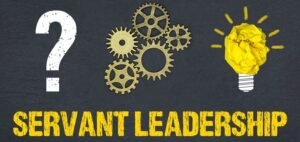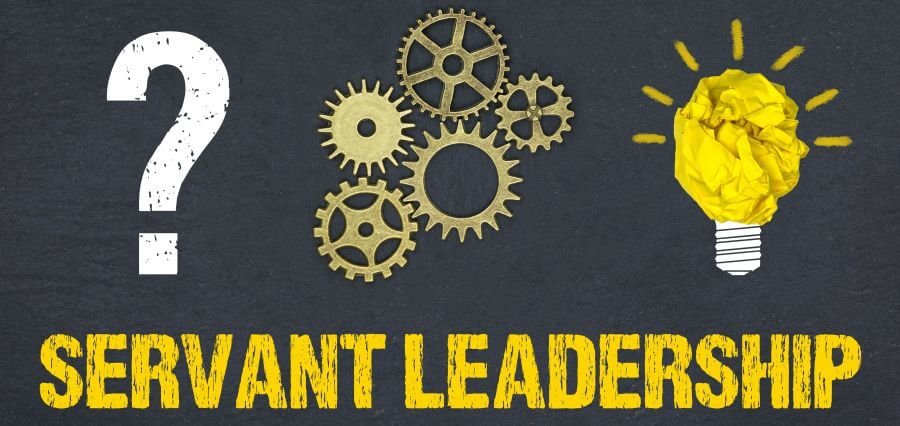Augmented reality (AR) and virtual reality (VR) are revolutionizing the training process by bridging the theoretical and practical gap, giving experience-based training not possible to attain through conventional training. By using AR and VR in industrial training, companies gain a capacity to push workers’ skills to the extreme, enhance safety standards, and increase productivity, resulting in radical innovation across all sectors.
Develop Competencies using Immersive Training
AR and VR are used to create an interactive, immersive training experience where learners engage with virtual spaces and objects in real-time. Such training allows learners to practice by hand without risking rehearsal in the real world. In manufacturing, for example, VR can mimic running advanced machinery so that learners can practice and refine procedures before working on actual machines. This minimizes errors and downtime since employees are far better able to solve problems out in the world.
AR, however, casts virtual data onto real-world environments and provides real-time directions and instructions. Maintenance workers can use their AR glasses and see precise instructions and visual cues superimposed on tools, and the repair is precise and quick. Job site support expedites training and achieves confidence due to around-the-clock access to expert information by employees.
Improving Safety and Minimizing Risks
Safety is of prime concern in industries, where mistakes might lead to hours of lost production time, damage to equipment, or even lethal accidents. AR and VR create a safe and controlled environment in which trainees can practice and learn safety protocols. For instance, virtual reality can replicate virtual dangerous environments, such as chemical leaks or equipment breakdown, so that students can practice and react to situations without risking actual outcomes. Exposing employees this way prepares them to solve major issues easily and efficiently.
AR improves security by the ability to sense and shun threats in real time. AR technology offers employees direct warnings of potential threats, e.g., adverse weather, nearness to objects, or electrical hazard. Preventive security in this way keeps the employees engaged with the surroundings and does not give them any scope for accepting any unwanted risk, hence such accidents are minimized.
Enhancing Productivity and Efficiency through the Use of AR and VR Deployment
Utilization of AR and VR for training enhances productivity and efficiency.
Traditional training through the use of a large number of hours in the classroom and followed by on-job training is inefficient and operation-disruptive. AR and VR enhance efficiency through on-demand, self-paced training modules that the workers learn at any time and place.
In the construction industry, for example, VR enables one to replicate building environments in a way that enables workers to practice building procedures and techniques in virtual space. This does away with the need for physical training equipment and facilities, thus saving time and resources. Furthermore, when construction workers perform live measurements, show design overlays, and track progress to ensure work is carried out in accordance with cost and time, AR assists them.
Fostering Innovation and Long-Term Improvement
The interplay between AR and VR in training fosters a culture of long-term improvement and innovation. The technologies give means of obtaining crucial feedback regarding trainee performance wherein remediation are required and modifying training courses based on certain requirements. Technologically enhanced knowledge of this sort enables training to remain current and effective and to develop in response to the needs of newly emerging needs in fields.
In addition, AR and VR will also enable remote collaboration and knowledge exchange among workers regardless of location. Remote learners will be mentored and trained by specialists from remote locations, resulting in a community of experts from across the world. Collaboration supports problem-solving as well as creativity because workers can draw on a large pool of knowledge and experience.
Case Studies: Success Stories
There are a variety of sectors that already see the benefits from the inclusion of AR and VR in training modules. For instance, within the airline sector, companies like Boeing use VR to train pilots and maintenance staff via flight simulation and aircraft systems. Immersive training is cost and time-effective when it comes to traditional flight simulators with a good realistic setting.
AR for the automotive sector is used to instruct assembly-line workers by superimposing virtual instructions onto actual automobile components. Real-time instruction instructs laborers on how to install components efficiently and with minimal mistake, enhancing productivity quality.
The medical industry also employs AR and VR in medical personnel training. Surgeons practice complicated surgeries online, acquiring useful skills without endangering patients’ lives. AR assists doctors in surgery by providing real-time feedback and visualizations and enhancing precision and outcomes.
Conclusion
Use of AR and VR in modern industrial training is revolutionary since it offers immersive, safe, and effective learning. With the use of these technologies, industries can improve employee competence, improve safety, and improve productivity, thereby, enabling improved success in the globalized economy. Advances in technology will continue to improve the potential of AR and VR to transform industrial training and innovation, resulting in a more competent and stronger workforce.
Read more: Lessons from Great CEOs – The Art of Decision-Making







